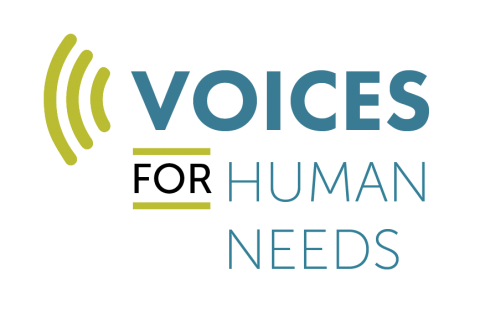
Three in Four Extremely Low Income Renters Spend More Than 50 Percent of Income on Rent
Housing costs eat up an exorbitant amount of low-income families’ budgets. A new report from the National Low Income Housing Coalition
(NLIHC) shows that three-quarters of extremely low income (ELI) renter households, defined as earning no more than 30 percent of their area’s median income or the federal poverty guideline, whichever is higher, spend more than half of their income on housing costs alone. The Long Wait for a Home spotlights the problems around Housing Choice Vouchers (HCV) and public housing waiting lists and how the limited supply of housing assistance affects these extremely low income households.
According to the Department of Housing and Urban Development, families who pay more than 30 percent of their income for housing are considered “cost burdened.” Those who spend more than 50 percent are considered “severely cost burdened.” The Coalition on Human Needs' recent report, The High Cost of Being Poor in the U.S., used Census Bureau data to show that 59 percent of American renter households with incomes less than $20,000 are severely cost burdened. Of the 13 state reports CHN produced with state partners, Florida ranked worst in this category, with 66 percent of Floridians who earn less than $20,000 a year spending more than half of their income on rent alone. When rent eats up this much of a family’s budget, little money is left for other necessary expenses.
The vast majority of recipients of Housing Choice Vouchers and public housing are ELI households; in fact, according to NLIHC’s report, 71 percent of the nearly 1.1 million public housing households and 74 percent of the nearly 2.2 million HCV recipient households fall into the extremely low income category. However, this doesn’t mean that the supply is meeting the demand – far from it, in fact. There are 10.4 million ELI renter households in the U.S., but the private and subsidized rental markets make available only 3.2 million affordable homes for them. This results in a national shortage of 7.2 million rental homes. As CHN noted in our report, the number of families with children receiving rental vouchers dropped by 250,000 (a 13 percent decline) since 2004.
This discrepancy between the number of affordable homes available and the number of families in need means that far too many ELI renter households are put on waiting lists for housing assistance, and that wait can stretch into years. Seventy-four percent of households on the average Housing Choice Voucher waiting list and 67 percent of households on the average public housing waiting list were extremely low income. Families with children accounted for 60 percent of households on the average HCV waiting list. HCV waiting lists had a median wait time of 1.5 years for housing assistance, with 25 percent of HCV waiting lists having a wait of 3 years or longer. More than half (53 percent) of HCV waiting lists were closed, meaning they were turning away new applicants. Public housing waiting lists aren’t much better. The median wait time there is 9 months, with 25 percent of public housing waiting lists stretching to more than 1.5 years. Eleven percent of public housing waiting lists were closed.
Rental vouchers limiting the amount low-income families pay for rent make a tremendous difference in child health, educational outcomes, and future earnings, and housing subsidies lifted 2.5 million Americans above the poverty line in 2015. That’s why CHN’s report calls on Congress to increase funding for Fiscal Year 2017 to provide millions more low-income Americans in need with access to safe, stable housing. Additional funding over FY16 levels is also needed to ensure existing housing vouchers keep pace with inflation and to expand the supply of vouchers for those left out in the cold. Beyond these immediate needs, CHN also calls on Congress to fully fund President Obama’s request for $11 billion to end family homelessness by 2020 (providing housing for 550,000 families).
The reports from both CHN and the National Low Income Housing Coalition (a member of CHN) reach the same conclusion – we must expand housing resources for our nation’s lowest income renters.
This post was originally published on the Coalition on Human Needs' blog, Voices for Human Needs. Receive similar articles in your inbox by subscribing today, and follow CHN on Facebook and Twitter.



The views and opinions expressed in this post are those of the author(s) and do not necessarily reflect those of MomsRising.org.
MomsRising.org strongly encourages our readers to post comments in response to blog posts. We value diversity of opinions and perspectives. Our goals for this space are to be educational, thought-provoking, and respectful. So we actively moderate comments and we reserve the right to edit or remove comments that undermine these goals. Thanks!